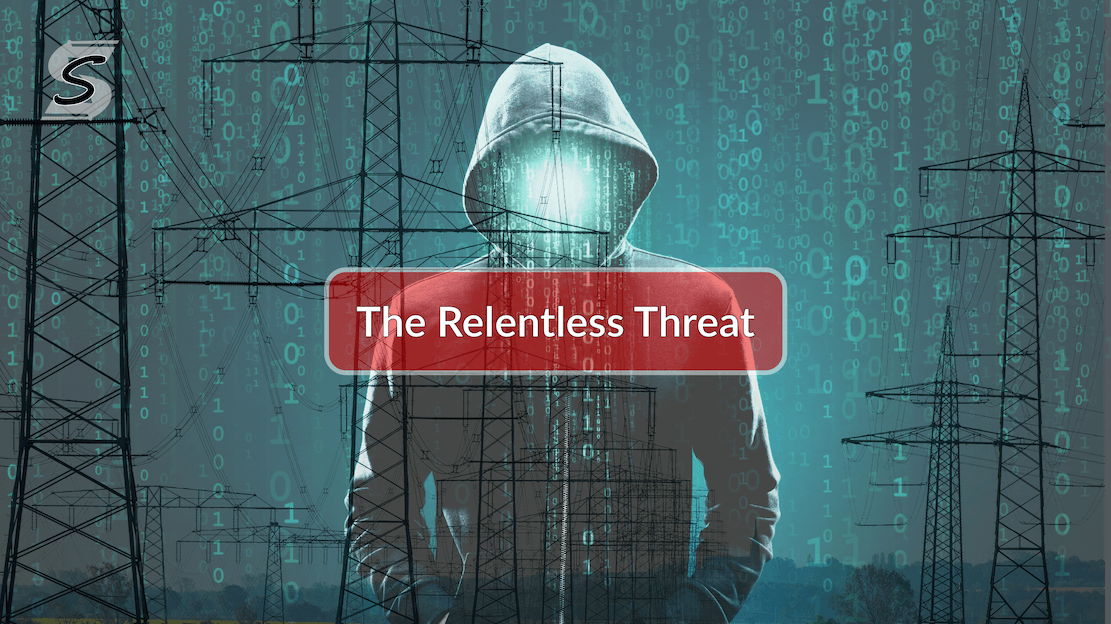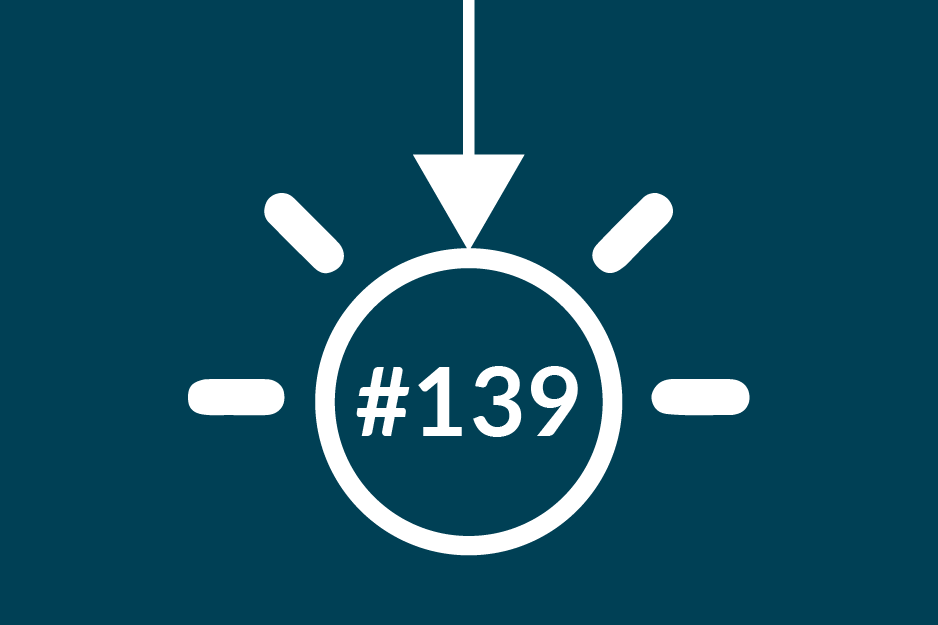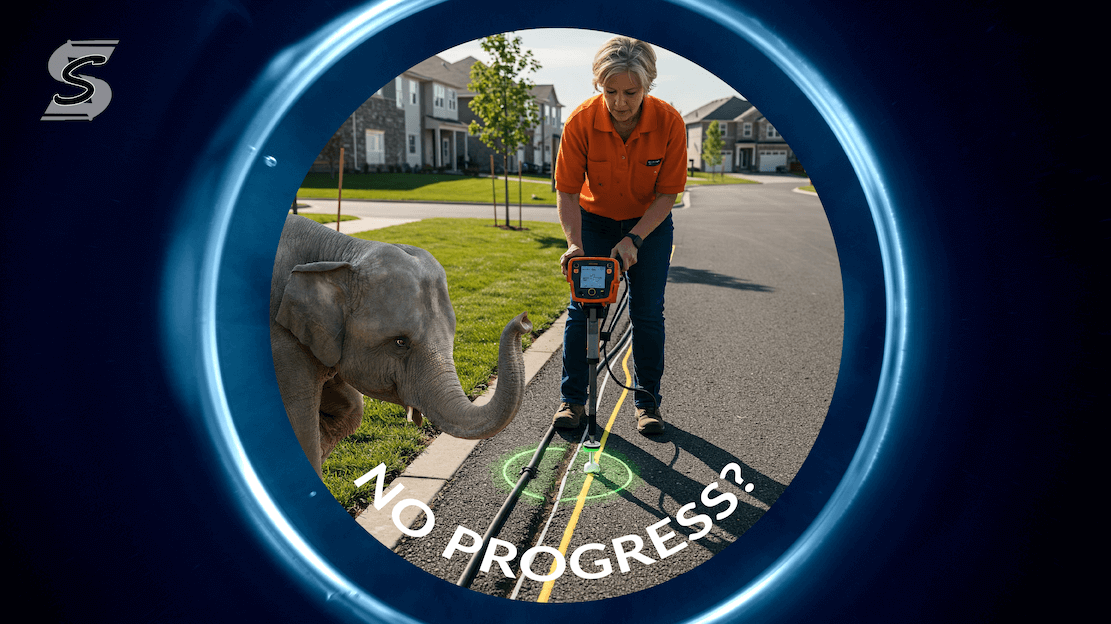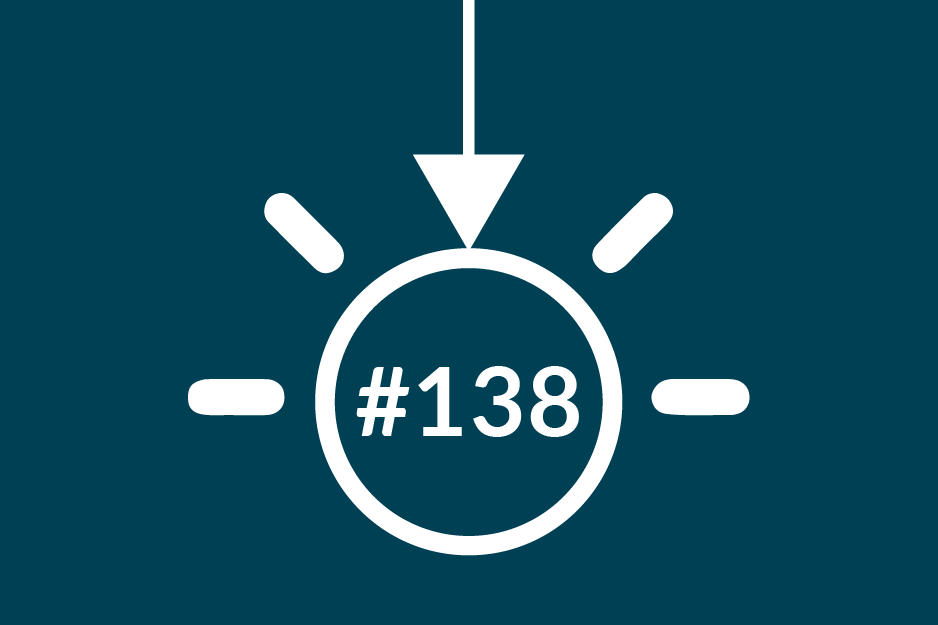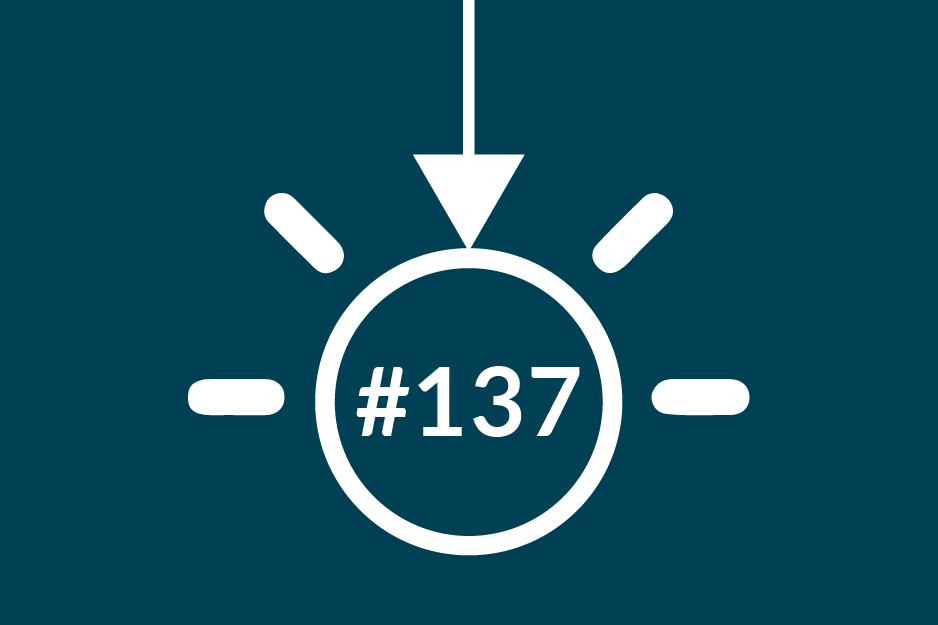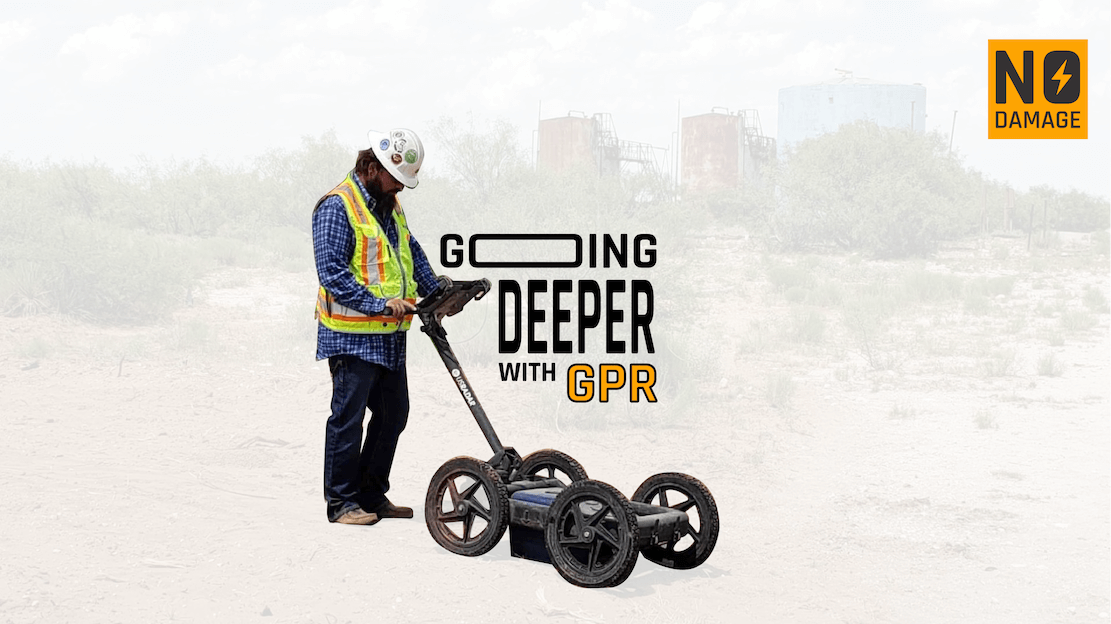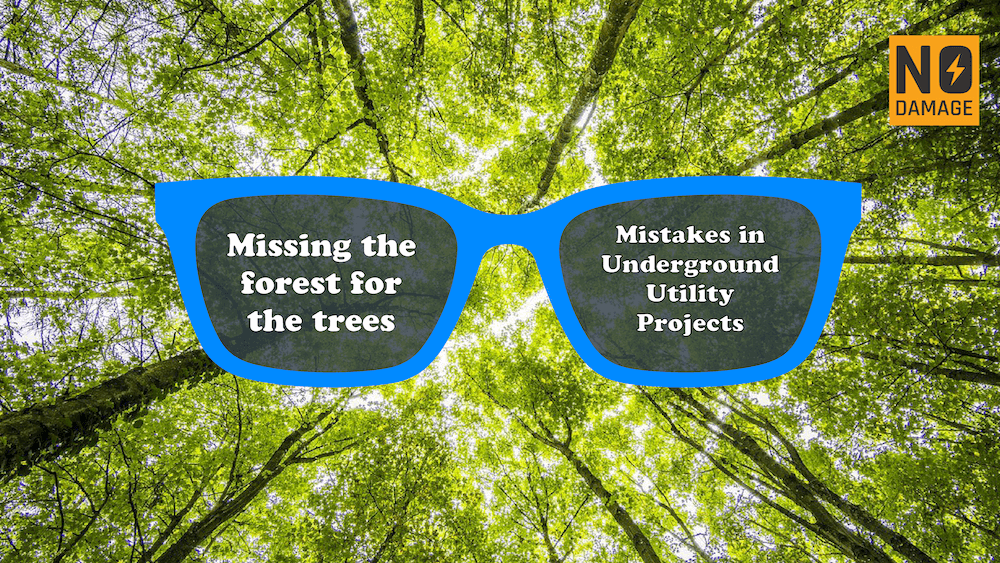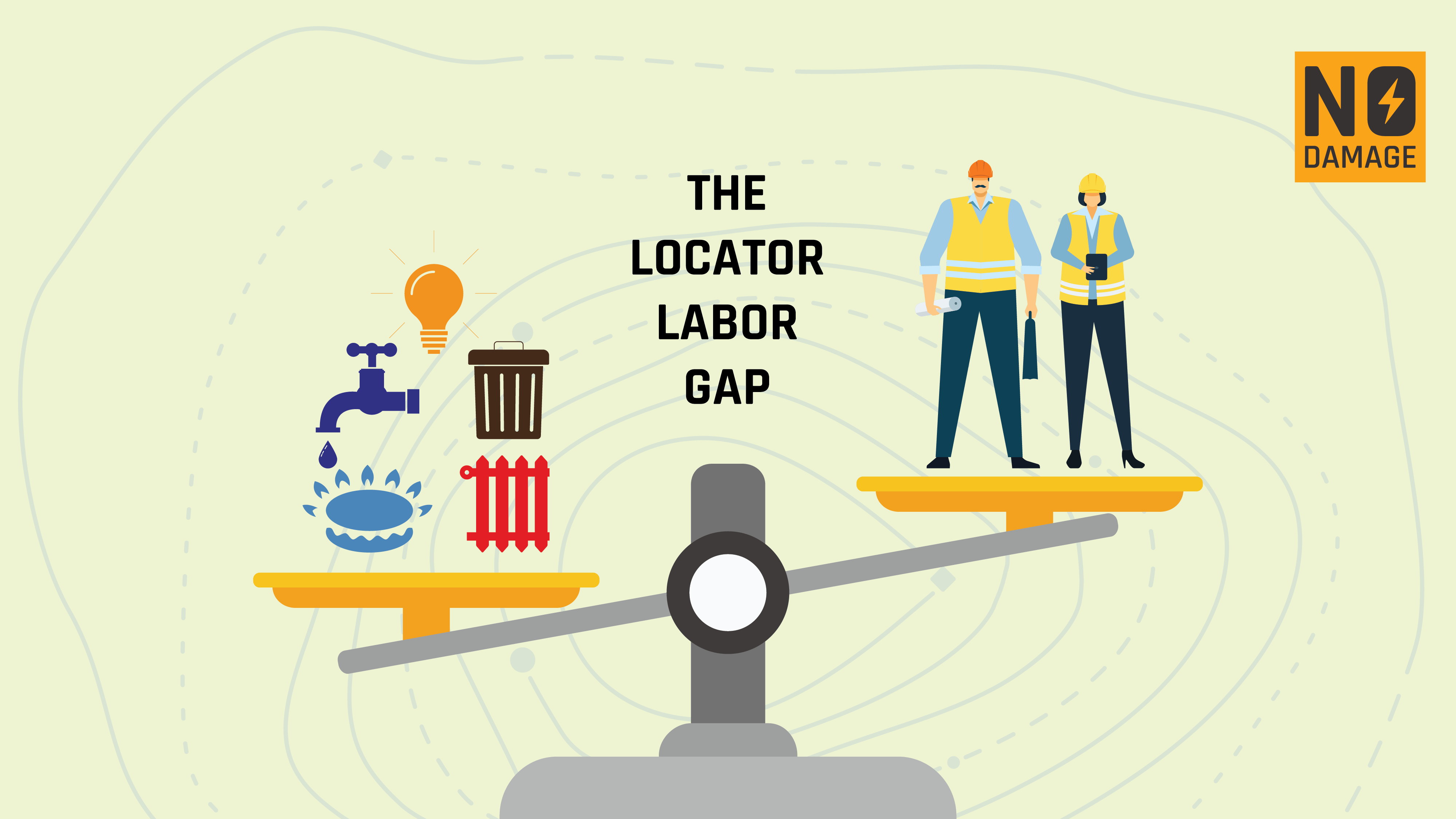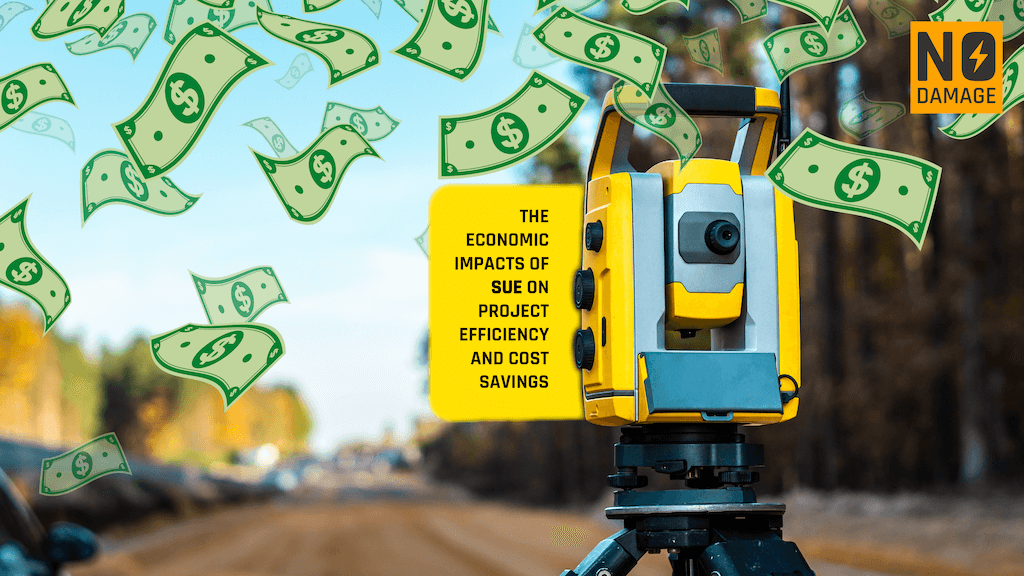
Subsurface Utility Engineering (SUE) is often hailed as a game-changer in the realm of infrastructure projects, and for good reason. The minimal upfront investment in SUE sets the stage for substantial economic returns over the lifespan of the project. The precise mapping and identification of underground utilities facilitated by SUE not only averts unforeseen interruptions that can throw timelines off course but also significantly curtails the need for costly change orders that can inflate budgets beyond initial forecasts.
The Financial Wisdom of SUE
It's interesting to note that the most significant savings from a SUE investigation usually result from minimizing utility relocations and contractor claims. This has been consistently proven through various studies. A study conducted by the University of Toronto (UoT), commissioned by the Ontario Sewer & Watermain Contractors Association (Osman & El-Diaby, 2005), examined nine projects in southwestern Ontario where SUE investigations were performed. The findings were striking: 51% of all savings came from reducing contractor claim costs, while 31% came from curtailing utility relocation expenses. This illustrates the substantial economic impact of SUE, translating directly into heightened project efficiency where adherence to schedules and budgets becomes not just an aspiration but a tangible outcome.
Real-World Savings
The strategic investment in the foresight delivered by SUE translates into a smooth progression from planning through to execution. By identifying potential obstacles before they can impact the project’s financial health, SUE ensures that projects are less likely to encounter costly surprises. The UoT study concluded that all nine projects reported a positive return on investment (ROI) ranging from $2.05 to $6.59 for each $1 spent on SUE. This proactive approach to project management not only secures the fiscal bottom line but also elevates the value delivered to clients and stakeholders.
The Broader Vision: Resilient and Sustainable Development
The economic rationale for incorporating SUE into infrastructure projects extends beyond immediate cost and time savings. It encompasses a broader vision of fostering resilient and sustainable infrastructure development that stands the test of time. By laying the groundwork for projects with precision and foresight, SUE empowers civil engineers to deliver infrastructure that marries efficiency with enduring value. Ensuring that today’s investments yield dividends well into the future is a key component of SUE’s value proposition. We see the same thing with customers putting more and more data into Utilocate - that's a play for the future not just today. As we continue to improve technology having all your data in one accessible place is going to help you avoid damages. Plus for our customers doing SUE work, their data is even more precise and specific, so it can be relied on more.
Case Studies and Evidence
The nine projects analyzed in the U-of-T study provide concrete examples of how SUE can lead to substantial savings and efficiency gains. These projects, ranging from urban to rural settings, encompassed various types of infrastructure developments. The common thread across these projects was the significant reduction in unforeseen utility conflicts and the associated costs, which resulted in positive ROIs across the board. As stated above, (but worth repeating) the positive ROIs ranged from $2.05 to $6.59 for each $1 spent on SUE, showcasing the substantial financial benefits of incorporating SUE into project planning and execution.
The Ripple Effect of SUE
The benefits of SUE extend beyond the immediate project scope. By preventing costly delays and reducing the need for rework, SUE enhances the overall efficiency of the construction industry. This, in turn, can lead to lower costs for future projects, as the industry becomes more adept at avoiding common pitfalls associated with underground utilities.
Moreover, the use of SUE fosters better relationships between project stakeholders. Contractors, utility providers, and clients all benefit from the clarity and foresight that SUE brings to the table. This collaborative approach can lead to more innovative solutions and a greater willingness to invest in quality infrastructure development.
Conclusion: A Smart Investment for the Future
Incorporating SUE into infrastructure projects is not just a smart economic decision; it’s a strategic move towards building resilient, efficient, and sustainable infrastructure. The initial investment in SUE is minimal compared to the substantial cost savings and efficiency gains it delivers. By reducing contractor claims, minimizing utility relocations, and preventing costly project delays, SUE ensures that infrastructure projects are completed on time and within budget.
The evidence from the UoT study underscores the value of SUE, demonstrating that it consistently delivers a positive ROI. This proactive approach to project management secures the fiscal bottom line and enhances the value delivered to clients and stakeholders. As we look to the future of infrastructure development, incorporating SUE from the inception of projects will be crucial in ensuring that our investments yield lasting dividends.
In a world where the complexity of underground utilities is ever-increasing, SUE stands out as a beacon of precision and foresight. By investing in SUE, we are not only safeguarding our infrastructure projects but also paving the way for a more efficient and sustainable future.
Share this Post


